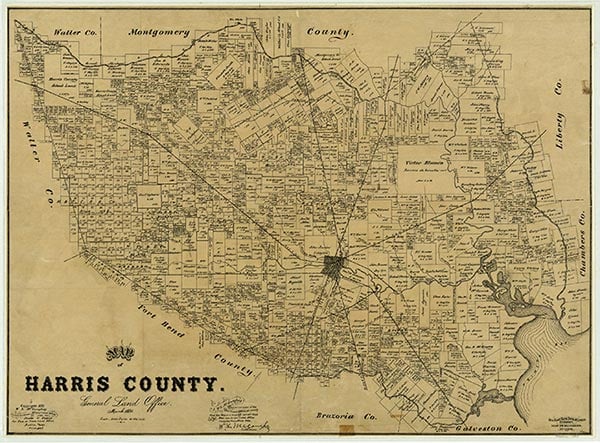Bordersville

Bordersville, a Black community on Farm Road 1960 in northeast Houston, less than a half mile northeast of Houston Intercontinental Airport, began in 1927 when the sawmill at Humble closed and Blacks who had worked there were forced to leave. Edgar Borders opened a mill nearby, hired some of the unemployed, and provided wooden shacks as housing. In 1940 the community had one store and a population of 100 but remained at least five miles from the nearest schools, in the Aldine Independent School District; thirty-five miles from the nearest public health care at Ben Taub Hospital in Houston; and an equal distance from grocery stores and libraries. In 1941 Borders closed the mill and rented or sold the land that became Bordersville to the people living there. When Borders died in 1963, most residents did not own the land they lived on, but no one asked them to leave. In the 1960s local men organized a civic club that became the Bordersville Neighborhood Council, joined the Houston Junior Chamber of Commerce, dug a deep water well, and painted local houses.
In 1965 Houston annexed the community, then considered the worst pocket of poverty in the city, characterized by dilapidated houses and a lack of paved streets, running water, and sewers. Though residents were expected to pay city taxes, no provision was made for city utilities. In 1974 a community center, the Three H Service Center (standing for Houston, Humble, and Harris County, since it served people within a twenty-mile radius) was built with the help of a grant from the federal Economic Development Administration of the Department of Commerce. The center was designed by architect John Zemanek, who won an award for his cluster of nine low buildings. The center, funded by city and federal agencies and local churches and staffed by volunteers, provided day care, tutoring, employment for elderly and youth, a senior-citizen center, food assistance, literacy classes, a health clinic, public baths for the homeless, summer recreation, and other services. In 1975, when the population was 550, water for bathing, cooking, and drinking was delivered twice a week by Houston Fire Department trucks and stored in barrels outside homes. The average annual income of residents was between $2,500 and $3,500. In 1983 the center helped to organize funding to install sink, bathtub, and commode modules for each home and, to convince the city to extend water lines, collected the city fee for connecting front-yard water faucets. The center later built porches on each house. Federal funds were used to install water service in 1981, but as late as 1985, 700 people lived in 120 homes in the community, cooking on woodstoves or outdoors, lacking access to transportation, and depending on Social Security. Reluctance to aid the community was attributed to the fact that the land was expected to be sold to commercial or industrial developers in the near future. State highway maps in the 1980s showed four churches and multiple dwellings in Bordersville.
Diana J. Kleiner | © TSHA

Adapted from the official Handbook of Texas, a state encyclopedia developed by Texas State Historical Association (TSHA). It is an authoritative source of trusted historical records.

- ✅ Adoption Status:
Belongs to
Bordersville is part of or belongs to the following places:
Currently Exists
No
Place type
Bordersville is classified as a Town
Location
Latitude: 30.00133130Longitude: -95.29382290
Has Post Office
No
Is Incorporated
No
